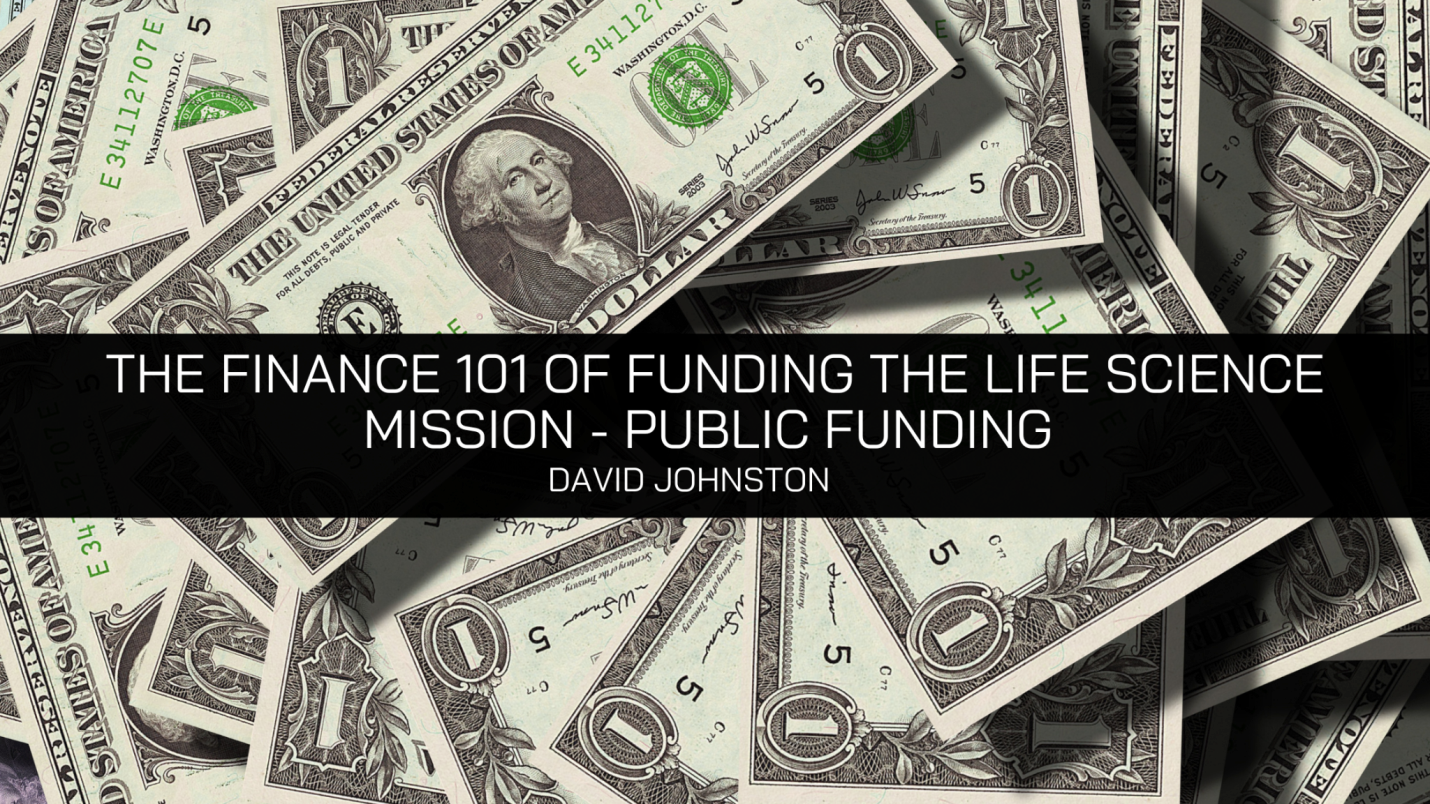
You’ve made it! The product is looking good, there have been some staff celebrations at the local pub, and you’re through all of the funding rounds. Time for the IPO!
But wait! You’re a life sciences person, not a banker. What the heck does an IPO do, how does the process work, who puts this thing together, and how does your company benefit? Let’s break it down.
The IPO takes the company from the world of private funding to public funding. The company gains the advantages of much quicker access to capital and all of those shares of stock acquired by employees and investors become far more liquid.
Your company’s role in the IPO process is:
Understand regulatory and compliance requirements and make sure they are resourced
Fine-tune investor communication materials and pressure test
Pick a syndicate of bankers to underwrite and market your offering
Prepare and file registration documents, mainly the S1
Conduct a “roadshow” telling your story
For the process, you will have an underwriter (banker) with a role that includes:
- Due diligence to assure that the company is what it claims to be:
- Assist in developing investor communication materials
- Identify potential investors
- Market the deal to those investors
- Negotiate a price and build “the book” of investors
- Collect an ungodly amount of money for their fee
- Host a closing dinner (make sure they go big on the wine budget)
There are a few extra things to remember:
This is the beginning of the public equity journey, not the liquidity event.
The offering needs to be priced such that the investors profit. Profits will most likely bring them back for future rounds.
Public Funding – Follow Ons
Post IPO equity offerings, called Follow-ons, generally last at least six months to over a year after the IPO. The goal is that catalysts have been met, share value has increased, investors made money, and offering demand is high.
These offerings are best made with good news like positive clinical data. An offering on good news will do well, especially, compared to an offering that looks like a desperate need for cash.
The Bankers
Although you will have most of your communication with the relationship banker, several other teams are working away in the background.
The Equity Capital Markets (ECM) group has relationships with funds that will purchase your equity. Their capabilities can vary from bank to bank. Get to know your ECM teams and get feedback from industry insiders to choose the right bank.
Banks will often offer analyst coverage with their services. Analyst reports that offer opinions on the company’s future are essential to creating optimism. You’re public and they report on you now.
IPO baby! You made it through the shark-infested waters.
David Johnston is the principal of dbj consulting, a consultancy of finance and strategy for the life sciences industry. He has his MBA from the University of Michigan. David Johnston also serves on the boards of multiple non-profits.
Read David Johnston’s full article to learn more about biotech financing here: https://davidjohnstoncfo.com/financing-101-funding-the-life-science-mission/



